
Alf Roberts died on June 2, one day after his 92nd birthday. A resident at Fudger House retirement home in Toronto for more than a decade, he embraced his time in the facility by serving in leadership roles, including president of the home’s resident’s association. His other position, though, was one only made possible after moving into the home: president of the LGBTQ group.
Roberts came out at age 80 — after he became a resident.
“They had this openness,” he told the CBC in a 2014 interview. “I could then actually come out and say, for the first time in my life, that I am gay and not worry about it.”
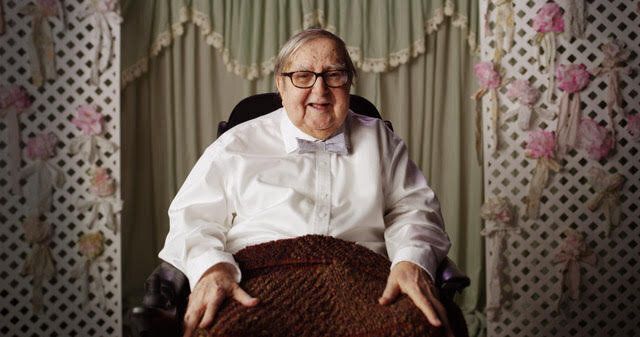
Growing up, it wasn’t safe for him to come out. As a piano teacher, he worked with children at a time when openly gay people were seen as pedophiles. In his retirement, he still loved music and the chance to meet young people, either volunteers at the home or through events such as the Buddies In Bad Times Theatre youth/elder project.
His one regret, he often said, was he’d never had a boyfriend or partner.
The day after Roberts died, his close friend leZlie lee kam, who prefers that capitalization of her name, came with gifts of chocolate and a card. She knew she wouldn’t be able to get into the home because of the COVID-19 visitor restrictions, but hoped to give them to a staff member who could bring them inside. She hadn’t been notified of his death.
Roberts was an only child whose parents died years ago, and he had no cousins. As a regular visitor, lee kam did Roberts’ shopping for him. She was part of his chosen family, she said. But the staff members who saw lee kam outside the home that day started to ask her questions: Who was she? Why was she there?
“You know who I am — I’m Alf’s friend,” she told them.
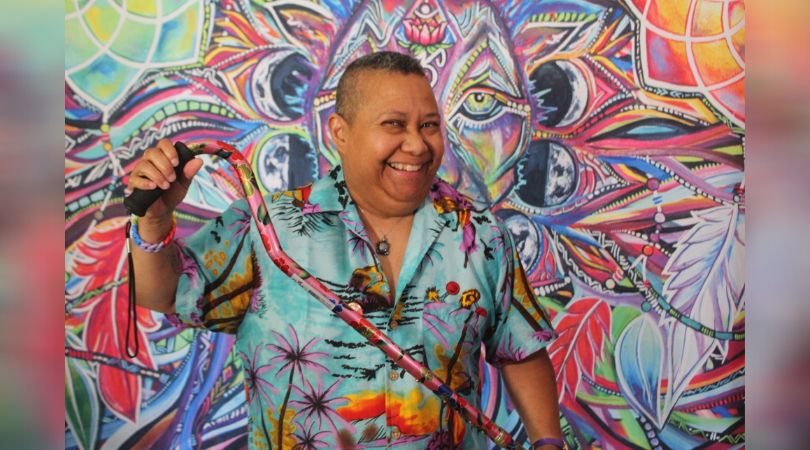
It was only after one staff member returned from his lunch break and recognized her that she learned Roberts had died the day before her visit.
“I had to speak to three or four different people,” lee kam told HuffPost Canada, “and none of them told me he was dead.”
Even though one staff member had her contact information and knew of her friendship with Roberts, she didn’t find out he had died right away. She believes if she was a blood relative of Roberts, she would have been notified sooner.
“This is what happens in those places. When you’re chosen family, you’re not recognized,” she said.
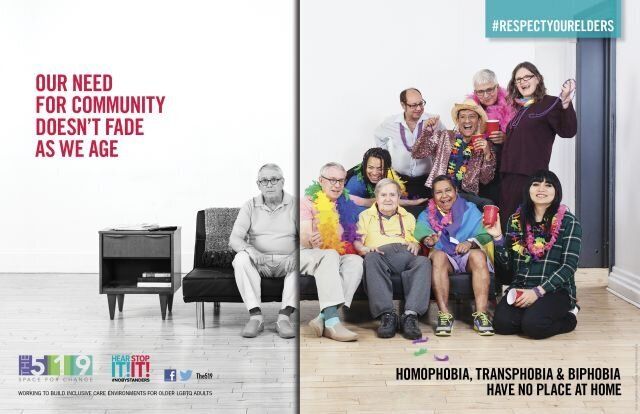
The long-term care homes director for the City of Toronto, which operates Fudger House, said a resident’s primary emergency contact — such as their power of attorney or next of kin — is the first call if a resident dies. Citing confidentiality reasons, Nelson Ribeiro was not able to say if lee kam was on file as a contact for Roberts.
Roberts didn’t die of COVID-19 — he died of loneliness, lee kam said.
Before the pandemic, he had been so excited about his electric wheelchair, which would help him attend more community events. The measures imposed by the pandemic took away his social life. Staff couldn’t even arrange a phone call between the two — that was also because she wasn’t a blood relative, lee kam said. To try to compensate, she mailed her friend cards.
If approved by a resident, a home can accommodate call requests from people not on a resident’s list of contacts, Ribeiro said. A resident’s chosen family can also book visits. Staff at the home “focus most of their time connecting families/friends virtually with residents” through Skype or other platforms for seven-day-a-week visits, he said.
Fudger House held a virtual Pride flag raising with a small group of residents on June 1. There has not been LGBTQ-specific programming since the pandemic began, but Ribeiro said there are “small group events with residents, as well individual activities [such] as one-to-one visits.”

Needing to conceal their sexual orientation, fear of discrimination and the homophobic culture within some caregiving organizations, along with having few social interactions or a limited social network, are all risk factors associated with LGBTQ seniors’ isolation, a 2018 report from the federal government states.
LGBTQ people are more likely than the general population to have a chronic health condition or physical disability, according to a 2020 survey from Egale Canada, a national LGBTQ advocacy organization. That can mean they’re more likely to contract a serious case of COVID-19.
The pandemic has exposed disturbing conditions in Canada’s long-term care facilities. More than 1,800 residents and eight staff members have died of COVID-19 in Ontario. Advocates and experts say as the province looks to make desperately needed improvements to long-term care, we can’t leave behind LGBTQ seniors.
“There’s a lot of social isolation and loneliness as a result of not being able to be out. There’s a disconnect from your own community,” said Stephanie Jonsson, a PhD candidate at York University’s gender, feminist and women’s studies department who studies the barriers older LGBTQ adults experience accessing long-term care.
“These fears existed before and now they’re just more predominant than ever, because these seniors do believe that they are going to die alone, either because of COVID or because of the loneliness they’re experiencing.”
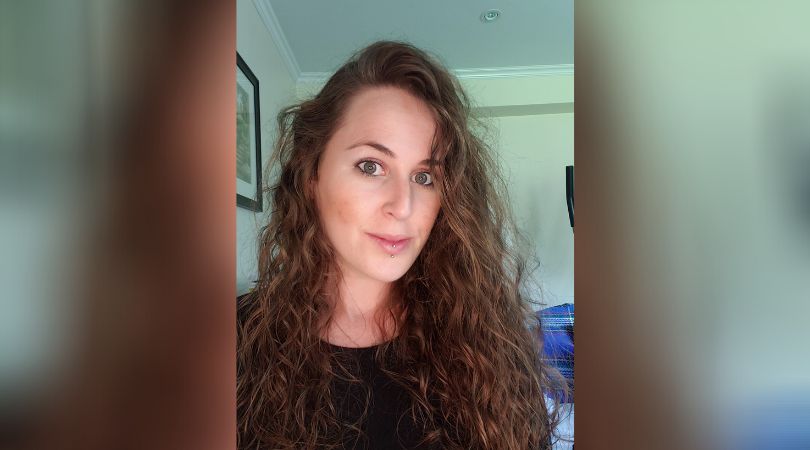
Community organizations such as The 519 provide programming for LGBTQ seniors, but until recently long-term care residents weren’t allowed to leave their buildings for day trips out.
Some organizations have provided virtual programming, but Jonsson notes not all long-term care homes have internet access. And, even if a resident does have an internet connection and a device, they may not feel comfortable speaking on a video call with roommates or asking staff for help connecting to a website showing rainbow colours if they’re not out, she said.
Jonsson’s concerns are shared by lee kam who said LGBTQ residents in long-term care are at a “huge disadvantage” dealing with isolation and invisibility.
“Just think about the toll it takes on your psyche when the people that you want to see, you can’t see them because the home doesn’t recognize that as being family,” lee kam said. “Alf had to die alone.”
What needs to happen in long-term care
The long-term care system has neglected, or been unresponsive to, the needs of LGBTQ residents and there has likely been even less awareness during the pandemic, Tom Warner, chair of the Senior Pride Network (SPN), told HuffPost.
Warner and other SPN members have been working on a submission to address issues facing LGBTQ residents for Ontario’s commission investigating long-term care.
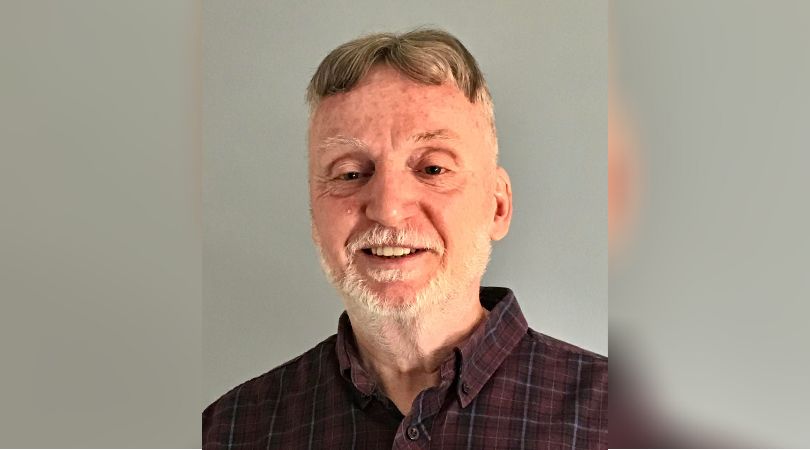
That submission will feature recommendations, including for long-term care homes to have a policy explicitly guaranteeing equity on the basis of sexual orientation, gender identity and gender expression and for every home to have a dedicated and trained staff person who LGBTQ residents can confide in.
When asked whether the commission would examine issues faced by LGBTQ residents, John Callaghan, co-lead counsel for Ontario’s long-term care commission, told HuffPost the scope of the investigation will be up to the commissioners.
He said there will be an opportunity for public submissions and public hearings “haven’t been ruled out.”
Another recommendation that experts point to is updating Ontario’s Resident Bill of Rights, which currently does not say residents are free from discrimination on the basis of their sexual orientation, gender identity or gender expression.
“It’s kind of shocking, in a way, that there hasn’t been any specific provision included in the Bill of Rights,” Warner said.
A spokesperson for the Ministry of Long-Term Care said protections on the basis of sexual orientation, gender identity and expression are already covered in Ontario’s human rights code.
“Most long-term care homes don’t even want to know that we exist.”
- leZlie lee kam
Jonsson, the PhD researcher, said there’s a disconnect between policies in long-term care homes and the rights guaranteed under the province’s code, and Canada’s Charter of Rights and Freedoms, which can result in homes not being held accountable for discrimination by residents or staff.
“It feels like these concerns kind of get bounced around, which is why we don’t really hear about them happening in long-term care — because where do they get reported?” she asked.
In its 2018 report, the Canadian government said it does not have data on the number of Canadians aged 65 or older who identify as LGBTQ.
It’s unclear if homes keep track of the number of LGBTQ residents living there, but even if they are, lee kam said a true number may be harder to pin down if residents don’t feel safe coming out.
According to Ontario advocacy organization Care Watch, LGBTQ people can face hosility, harassment, refusal of treatment and excessive use of protective equipment when accessing health care.
“Most long-term care homes don’t even want to know that we exist,” lee kam said. “And they make our lives difficult. The level of homophobia in long-term care comes, not only from staff but from other residents, is so high it’s frightening.”
Warner, from the Senior Pride Network, said all residents in long-term care are in a vulnerable situation, and making a formal complaint about discrimination or abuse could put them more at risk of a negative reprisal or impact the quality of care they receive.
Ontario’s Ministry of Long-Term Care does not have data on resident complaints or issues of discrimination on the basis of sexual orientation or gender identity because there’s no requirement under the province’s Long-Term Care Homes Act that references those grounds. However, a ministry spokesperson said, under the act, long-term care homes are expected to meet the “physical, psychological, social, spiritual and cultural needs” of residents.
Making changes for LGBTQ residents
For more than a decade, staff have been working to make the Rekai Centres — two long-term care homes located close to The Village in Toronto — LGBTQ friendly. The catalyst for the shift was a conversation in 2009 between then-program and service director Barbara Michalik and a male resident at the home.
At the time, staff and residents were joking the resident would make a good match with a woman whose husband had recently died. Later, the resident told Michalik he is gay.
Michalik recalls staring at him for half a minute, before he added something else: Don’t tell anyone.
“That was my trigger, when he said, ‘Don’t tell anyone,’” she told HuffPost.

Michalik told the resident she would make things better for him. Soon after, she started bringing residents who came out to her to Senior Pride Network conferences and events at The 519.
Michalik, now the Rekai Centres’ director of community and academic partnerships and programs, stressed the home’s work is ongoing. Although the initiatives there started in 2009, it took until 2018 to “really flourish,” she said.
“You can’t just put a sticker on a door. You can’t just say, ‘OK, we’re LGBTQ friendly and we’re going to accept everybody,’” she said. “It takes a lot more work.”
One of the home’s first steps was to create a Gender and Sexuality Alliance (GSA), similar to what some high schools or universities have. They’ve since expanded to form an additional community GSA with other long-term care homes and community organizations.
The next piece was focusing on education, from terminology to allyship training for all levels of staff, housekeeping to senior management. The homes changed their internal documents to be more inclusive and developed a new code of conduct that includes zero tolerance for discrimination.
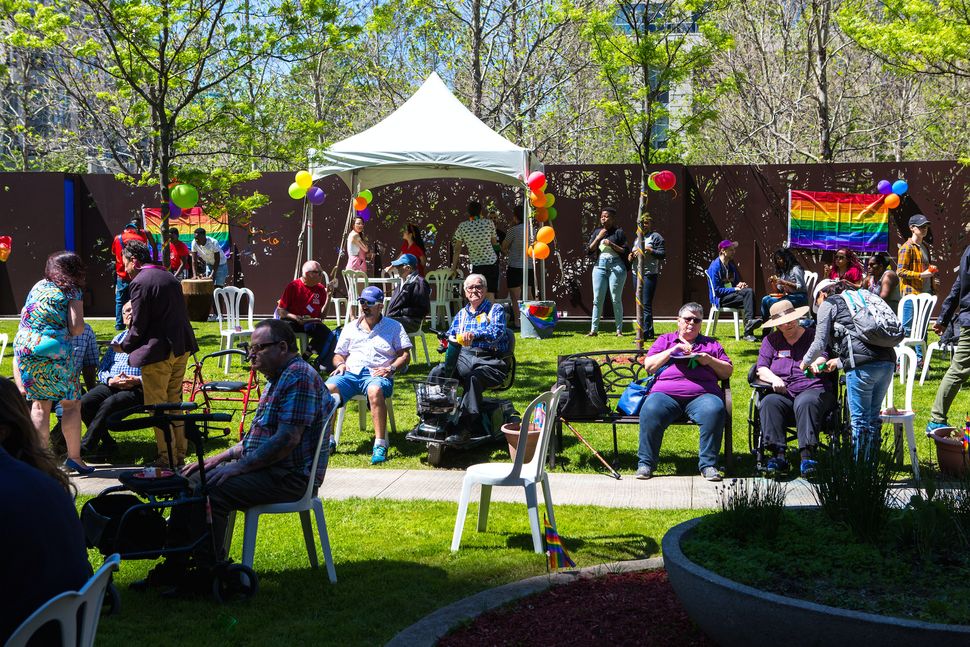
Staff have also made the homes more visually welcoming by putting up stickers and rainbow flags. Resident ambassadors use stickers on their doors to show their room is a safe place to talk and several staff members have gone through additional training to become ambassadors themselves.
After finding community partners for the project, Rekai Centres will be moving forward with a 25-bed unit specifically for residents who are members of the LGBTQ community.
Michalik said awareness and education are important first steps for homes looking to make changes. But it will only work if all of a home’s board members or top staff are on board, she said.
“The residents are the ones that are ready to talk — but are people ready to listen?” she asked.